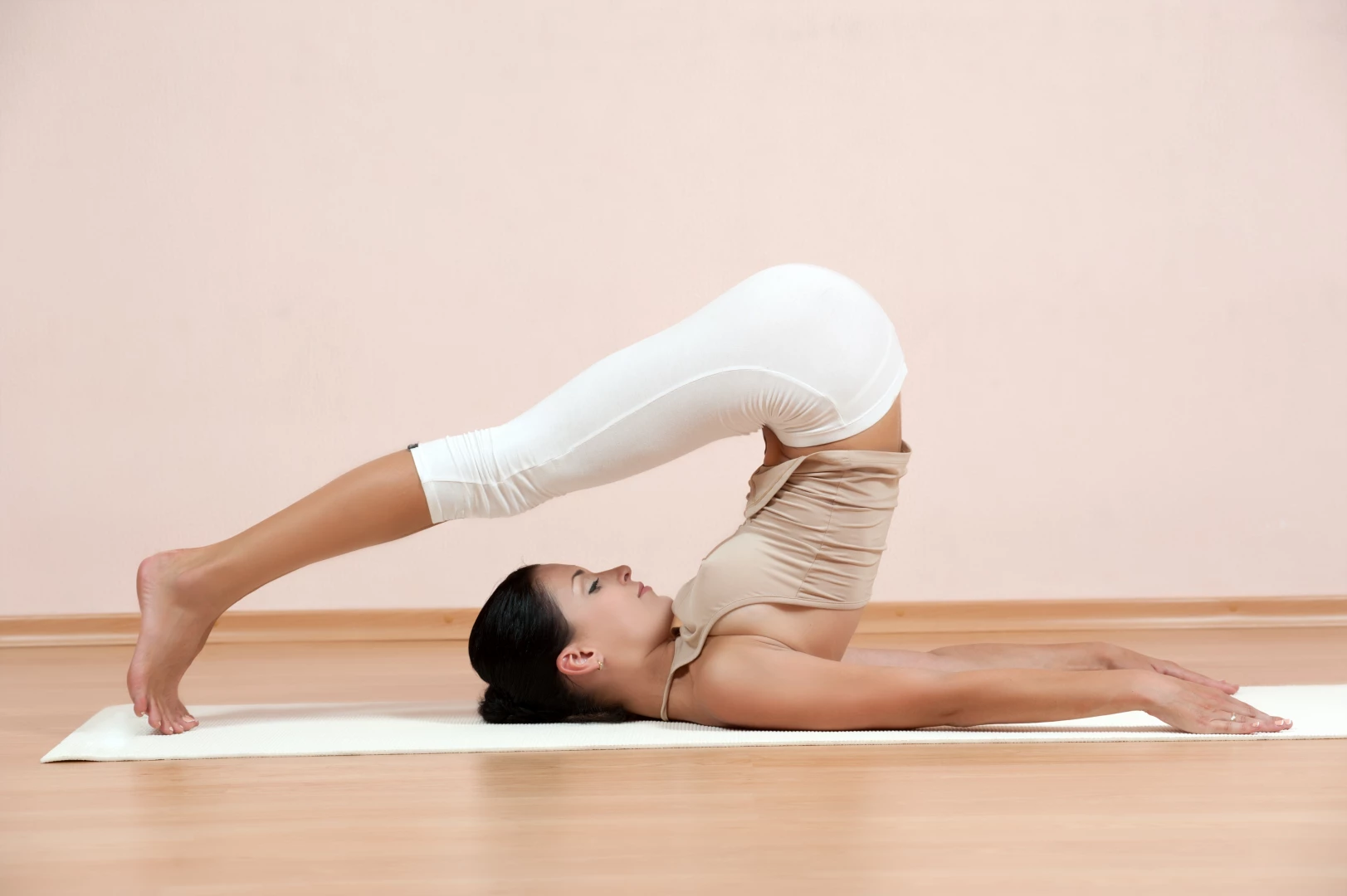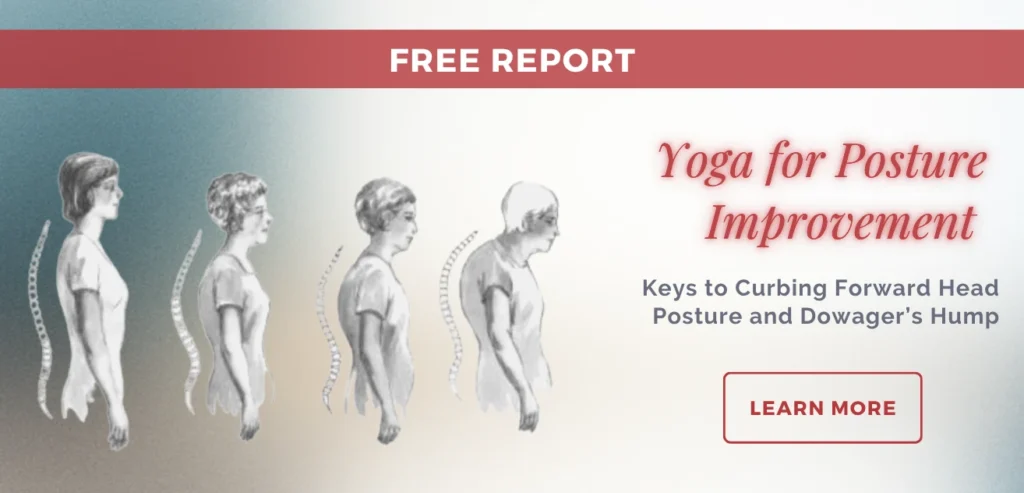Yoga to Go: Judith Hanson Lasater on Keys to a Rewarding Home Yoga Practice

Looking for inspiration for your home practice? Check out our interview with Judith Hanson Lasater, which recently appeared on Huffington Post.
Most people practicing yoga have experienced the enormous benefits the practice confers. However, maintaining a regular yoga practice can be an enormous challenge. How does it fit into our busy modern lives? How do we “make time” to practice yoga? What do we do when it feels like a struggle to get on our mat every day?
In this interview, author and yoga teacher Judith Hanson Lasater, Ph.D., P.T., offers some keys to a rewarding home practice, based on her experience as a longtime practitioner and teacher. She encourages us to look at why we don’t practice.
Most importantly, Lasater emphasizes that we practice yoga to live a more fulfilled and enjoyable life. We don’t live to practice. She says repeatedly that our practice should fit into our lives and respond to the changes happening within and around us.
A beloved and respected presence in the North American yoga community, Judith Hanson Lasater has taught yoga since 1971. She is also a physical therapist and holds a doctorate in East-West psychology. Lasater studies with B.K.S. Iyengar, and her teaching practice includes ongoing classes and teacher trainings in the San Francisco area. She teaches kinesiology, yoga therapeutics and yoga philosophy, and regularly gives workshops throughout the United States and the world.
YogaUOnline: You’ve been an active yoga teacher yourself for more than four decades with a very active travel schedule. How do you find time for practice?
Judith Hanson Lasater: I try to remember that there’s an important integrity that comes with teaching. It is a huge responsibility and a humbling privilege to teach people yoga, because we are reflecting back their inner goodness and inherent divinity.
So when I remember that, I can’t teach my students if I don’t practice. Practicing opens the door of connection between you and every person who’s taught yoga.
YogaUOnline: Why is it when we love yoga (as much as many of us do, at least) that it’s still a struggle for many people to get to the mats?
Judith Hanson Lasater: I’ve heard this sentence, as you can imagine, many hundreds of times: “I don’t have time for this.” But I think that that’s an excuse. I really don’t think that’s the issue. I think we’re looking in the wrong places for why we don’t practice. We need to look at our thoughts and our beliefs about ourselves.
It has to do with self-nurturing. It has to do with valuing yourself. I believe it’s related to refusing on some level and used in the broadest sense of the word to see our own divinity.
One of the mantras that I like a lot is — specially when things start getting busy or conflicted — what is the most important thing right now? It’s usually to remember myself and what I’m feeling. And that centers me.
YogaUOnline: Do you have an idea of what your practice will look like on a day-to-day basis?
Judith Hanson Lasater: I don’t have a rigid view of what my practice is going to be. My practice needs to listen to my life. We’re trying to make our life listen to our practice. So let your practice conform to your life. Don’t make it something outside the boundaries of where you are and what you’re feeling and what you’re needing.
YogaUOnline: What are some practical ideas for people who are developing a home yoga practice?
Judith Hanson Lasater: Number one, get a yoga mat. If you have a yoga mat, you’re more likely to use it. I know that sounds funny but you’d be surprised how many people don’t have a yoga mat. Find a corner in your house and put your mat there, with your blocks, your bolster and whatever you use. Put it someplace where you can begin to develop it as a little retreat. We all need refuge every day. I think that refuge is more important in the world now than it’s ever been.
Some people like to make a little altar and put flowers or a deity or a picture of someone who inspires them. But you don’t need to do that. Just have a place where your mat lives, make that corner and that space your refuge.
Pick a regular time. That doesn’t mean at exactly 7 a.m. every day, but it means before work or after work. Pick a time that works in your life. Don’t try to make yourself do it in the morning if you’re not a morning person.
Another idea is make a commitment to practicing every day. It creates a habit, and habits are extraordinarily powerful. But it’s harder to say, “I’m going to practice three times a week.” So if you say to yourself, “I want to practice every day.” Once in a while you don’t because you’ve got to get up early to get to the airplane or whatever, but it’s not bad.
YogaUOnline: I think your point about creating a habit is a really powerful one because it also becomes a physiological rhythm that your body gets used to. Then your body starts reminding you if you don’t do your practice or you skimp on your practice. You can feel the difference.
Judith Hanson Lasater: Absolutely. So another point is to do one pose you love every day. During a difficult period personally for me, I would do at least one pose I loved and one I hated every day. And it just got to where I didn’t really care anymore. It just was a pose, you know?
Another way to develop the daily habit of practice is to just set a timer for 20 minutes and get on your mat. I don’t care what you do. Maybe you just lie there for 20 minutes. You’re going to feel better. Lie there and breathe. People are going to like to be around you more. You’ll be more mellow. Just get on the mat. And whatever you do for those 20 minutes, just do it.
YogaUOnline: Do you have the same practice every day or do you vary up the emphasis?
Judith Hanson Lasater: I have done every different approach to practice. Like, I’ve done a pretty standard series. I’ve done, on Monday, Wednesday, and Friday, I do this. On Tuesday, Thursday, and Saturday, I do that. I had a very sort of organized practice that way.
But your practice evolves so much with aging and life circumstance. Now I’m much more willing and unafraid to go to the mat with a question rather than an answer. I go to the mat and I kind of feel what I need. Oh, my lower back’s bothering me. Let me try this. Or, I need courage. Let me do some backbends. After you’ve done handstands, elbow stands, and backbends, nothing is going to bother you the rest of the day. In other words, I let my life lead my practice in that way.



